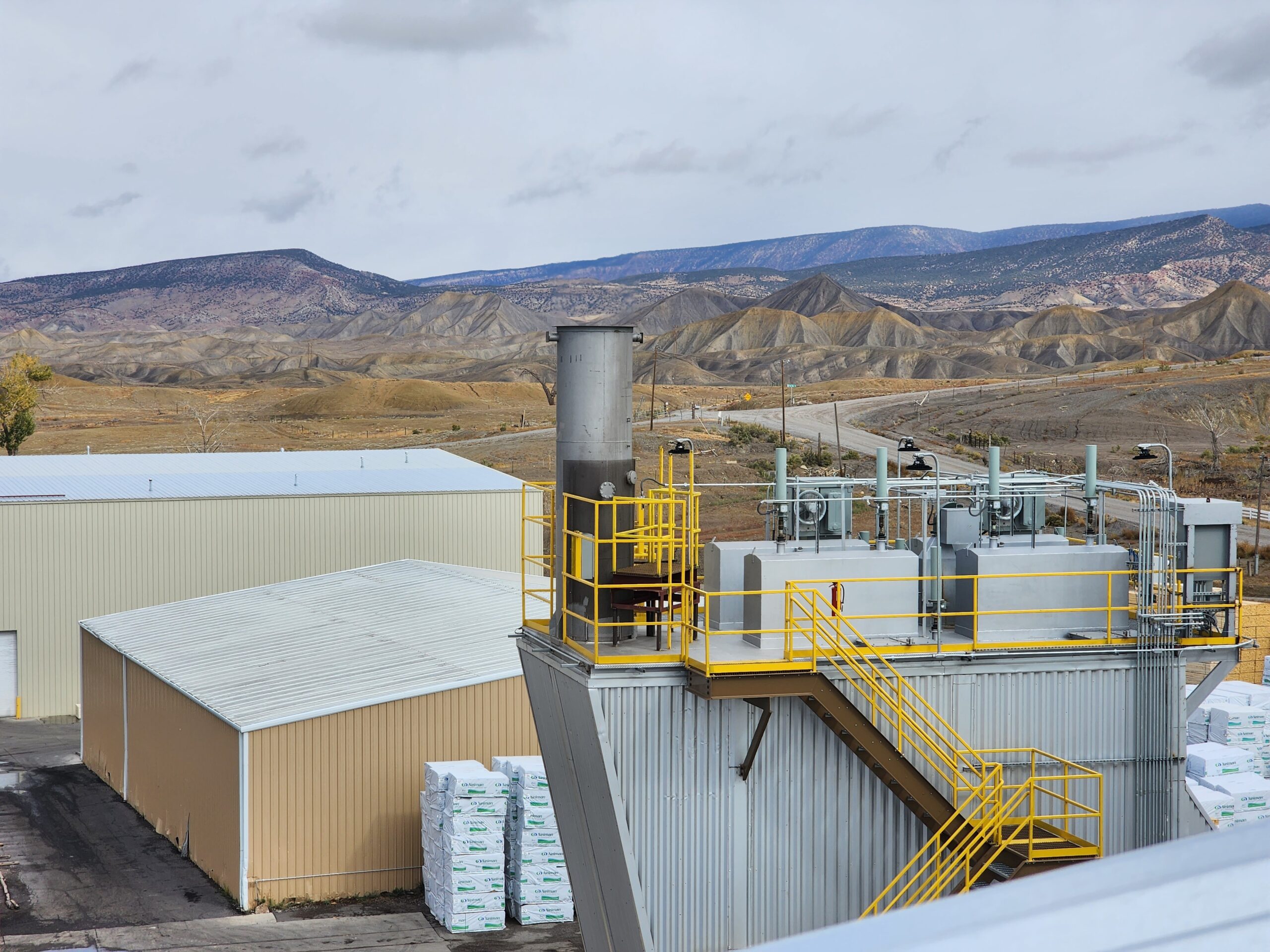Sawmills in the Western United States have an intriguing history. As mostly European-descendant settlements of the 19th century American West forged deeper into resource extraction of wood to build homes and towns, sawmills were developed to process immense logs into usable lumber. Naturally, a power source was needed to propel the industry beyond the work of hand-sawyers. Technology used to power the mills included water turbines and steam engines, while boilers provided steam for a sawmill’s kilns.
Since many sawmill facilities were relatively small operations and had been well established before the passage of the Clean Air Act Amendments in 1977, very few sawmills – if any – had emissions controls on their equipment. It eventually became the industry standard to demonstrate compliance with only a visual check on the stack emissions. Since few new facilities were being constructed, emissions controls and regulations at sawmills were not a priority for government agencies when developing or updating regulations. During that same period, existing sawmills began expanding their product line and installing pellet mills. Producing pellets involves drying and compressing the wood, which creates VOC emissions from both processes. With the increased popularity of manufacturing and using wood pellets, government agencies began increasing the requirements for emissions controls at sawmills.
Emissions from the kilns, the boilers that create steam for the kilns, and the wood-curing process during pellet production include particulate matter, NOX, CO, SO2, and VOCs. Particulate matter emissions also result from wood milling. Consequently, and in conjunction with industry growth, sawmills have been facing a need to demonstrate compliance with air quality standards that continually become more strict as control technologies advance and our understanding of potential health impacts progresses.
Emissions from the kilns and pellet mills can be such that they require permitting under Title V. Stack tests, which are required by Title V along with visual emissions tests, provide precise measurements of emission rates. Having known emission rates from these test results can help determine whether further controls for any pollutant are necessary to meet compliance regulations. Industry solutions have included transferring traditional uncontrolled fossil fuel-fired boilers to new biomass boilers that use recycled wood waste (shavings and sawdust) as fuel. An electrostatic precipitator (ESP), for example, is currently one of the most effective and efficient particulate controls for boilers; however, they are also one of the most expensive to add as a post-constructed emission control. Neiman, a lumber company with sawmills in several western states, maintains ESPs at all of their facilities for improved particulate control. Neiman’s pellet mill in Spearfish, SD, has also become more carbon-neutral in their emissions by utilizing biomass instead of fossil-fuels wherever possible.
Navigating and staying ahead of evolving regulations can be a significant challenge. Air Sciences has been supporting clients in the lumber industry with regulatory analysis (most commonly for boilers under NSPS, 40 CFR Part 60, Subpart Dc and/or NESHAP, 40 CFR Part 63, Subpart 6J), best available control technology (BACT) analysis, compliance performance testing, installation of bigger boilers, and compliance reporting under state and federal rules. Air Sciences also handles the dispersion modeling required for Title V permitting.

